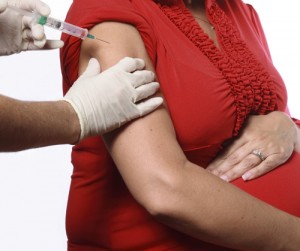Sally is a pregnant nineteen year old woman at eight weeks gestation. Sally is currently serving time in gaol and has arrived at the hospital gynaecology clinic with several members of Justice Health.
Sally is informed that the hospital can offer surgical termination of pregnancy and she is advised about the possible complications and risks of the procedure. Upon hearing these, Sally becomes tearful. The doctor advises Sally that she should not terminate the pregnancy if she has any uncertainties. Sally explains that she is concerned about the risks of the procedure, but still wants to go ahead with the termination.
As part of her initial assessment, the doctor performs an ultrasound. The consultant points out the fetal poles and heartbeat stating, “Here is the baby’s heart beating.” Upon hearing this, Sally begins crying and becomes withdrawn, not responding to any questions. The doctor concludes that Sally should be given more time to contemplate whether she wants to terminate this pregnancy and does not book her in for the procedure.
The above clinical example raises a number of ethical issues in regards to abortion. Can the woman make an informed choice without coercion when she is shown the ultrasound in this manner? Is the autonomy of the patient compromised when she is forced to listen or view information that is not necessary to her medical care? Is it in the patient’s best interest to show her the ultrasound without first asking her preference? In this article I will focus on the medical ethical values of autonomy, informed consent and beneficence in regards to the use of pre-procedure ultrasound for abortion…












